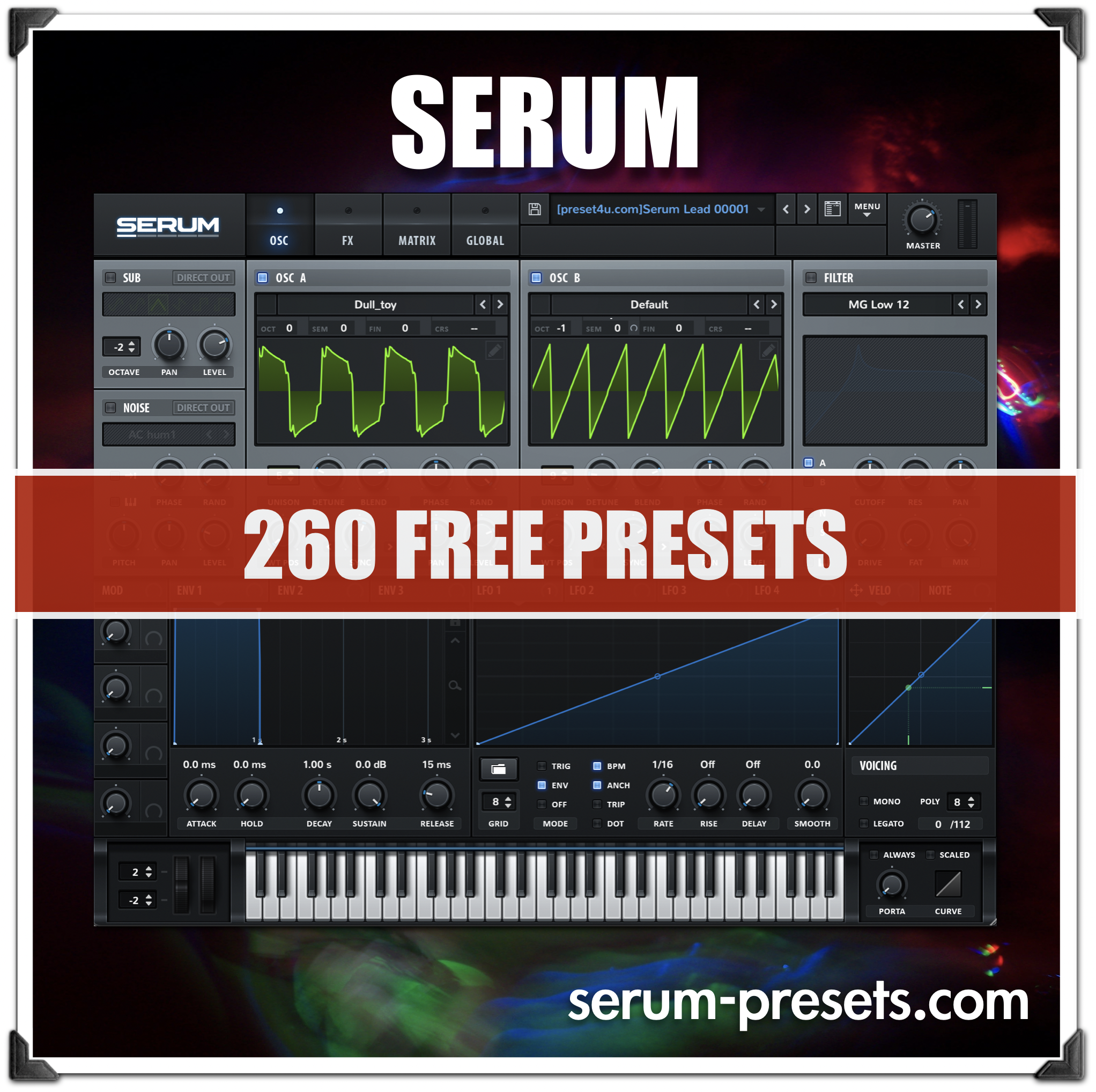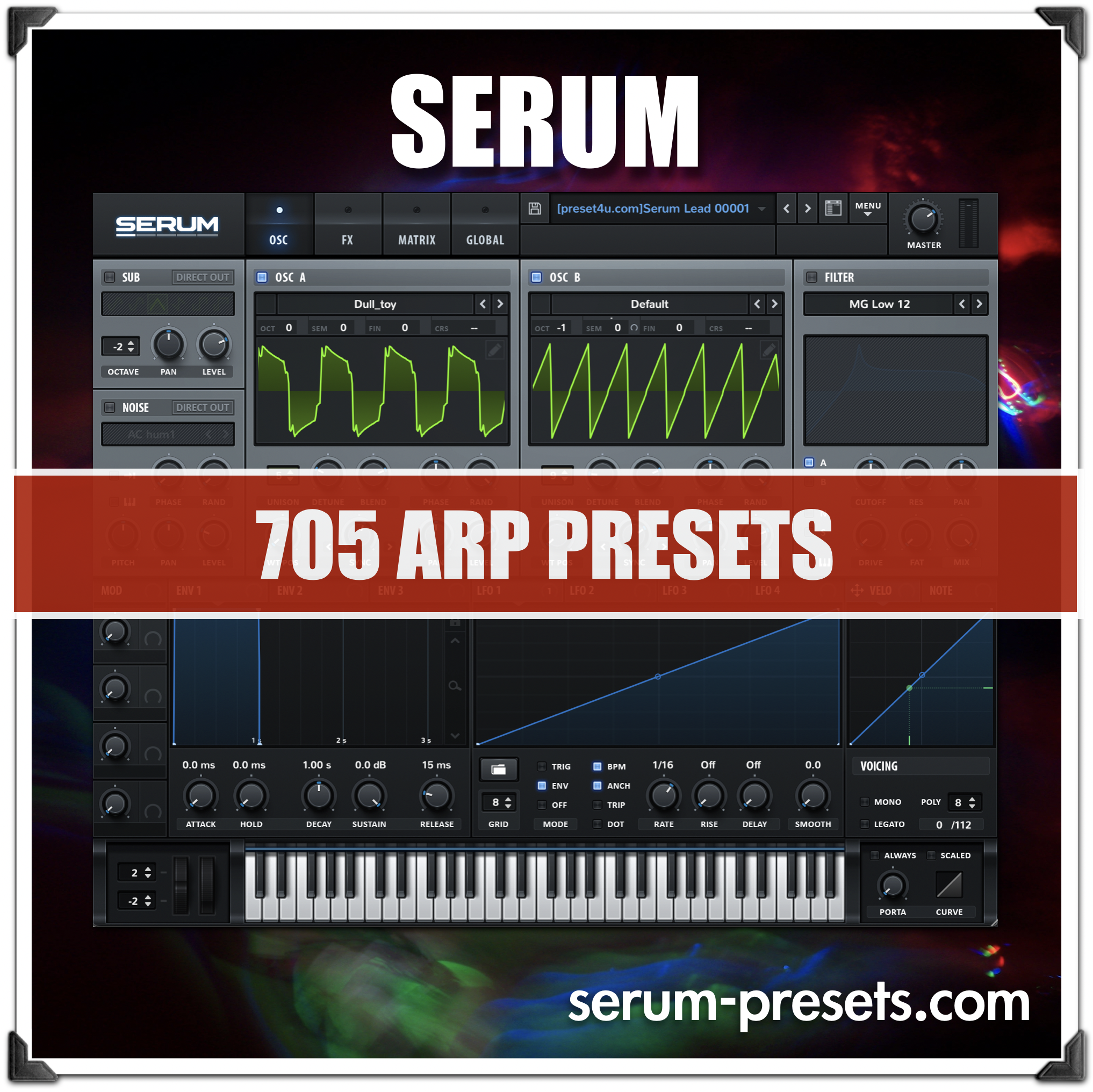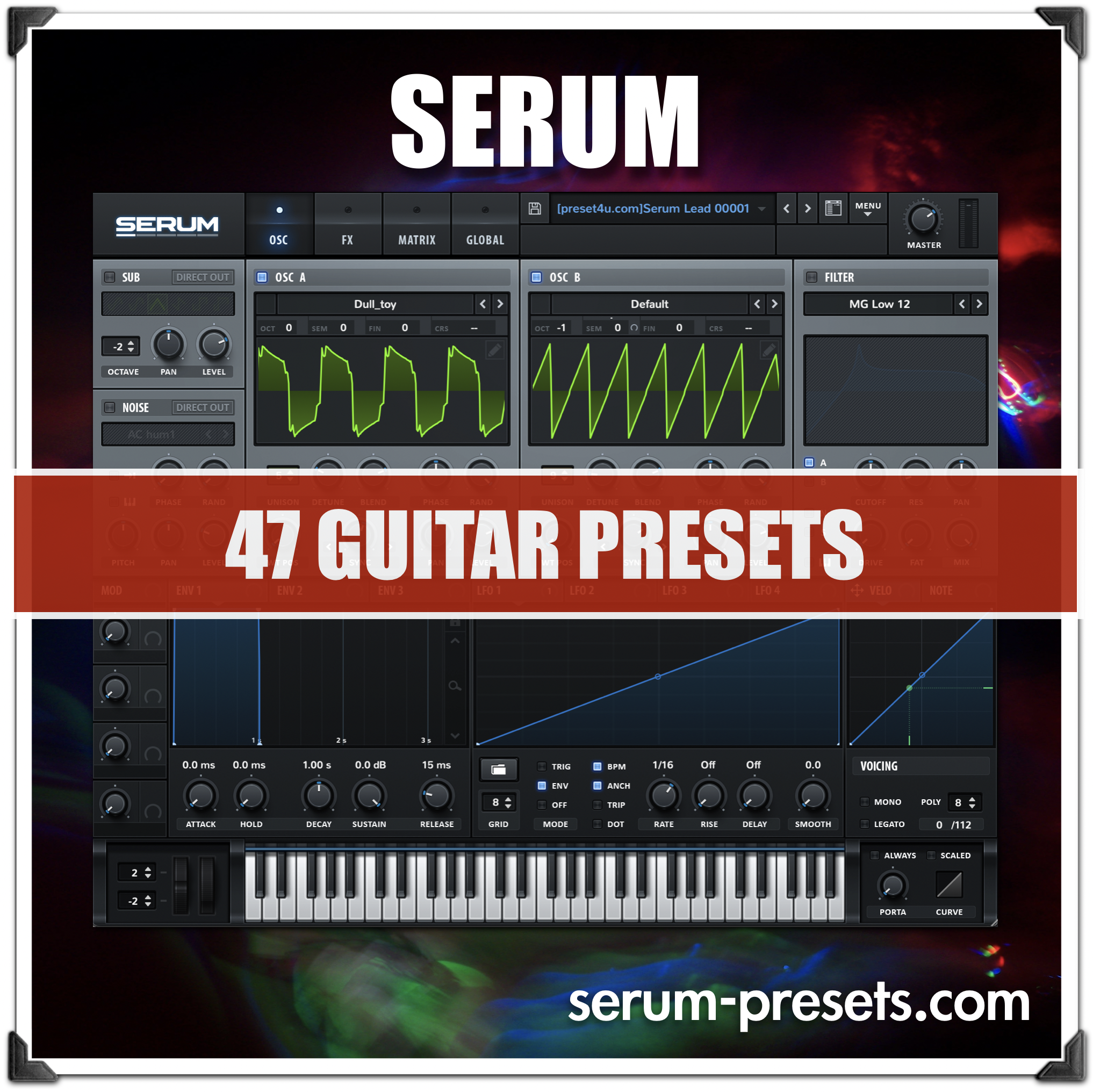Pioneer DDJ-1000 and Neumann TLM 103 in Music Production: From Performance to Pristine Vocals
In modern music production, the lines between DJ performance and studio engineering continue to blur. Two devices that represent the pinnacle of both worlds are the Pioneer DDJ-1000 and the Neumann TLM 103 microphone. When combined, they offer producers and performers unmatched control, quality, and versatility—from live sets to studio recordings.
This article explores how these two iconic pieces of gear can complement each other to enhance the workflow of any serious music creator.
Pioneer DDJ-1000: The Ultimate DJ Controller
The Pioneer DDJ-1000 is a professional-grade 4-channel DJ controller designed to replicate the feel of club-standard CDJs and DJM mixers. It’s compatible with Rekordbox DJ and Serato DJ Pro, making it a top choice for DJs who demand responsive jog wheels, full mixer control, and performance pads.
Key Features:
Full-sized mechanical jog wheels with LCD displays
4-channel mixer section with hardware-style EQs and filters
16 performance pads for hot cues, loops, slicer, and rolls
Built-in FX similar to Pioneer’s DJM-series mixers
Low-latency jog response for scratching and cueing
The DDJ-1000 is ideal for live performances, DJ streaming, and hybrid setups involving both DJing and music production.
Neumann TLM 103: Studio-Grade Vocal Clarity
The Neumann TLM 103 is one of the most respected large-diaphragm condenser microphones in the industry. Built on the legendary legacy of the Neumann U87, the TLM 103 offers detailed vocal reproduction with an ultra-low noise floor.
Key Features:
Cardioid pickup pattern for focused recording
Extremely low self-noise (7 dB-A)
High sensitivity and SPL handling (138 dB)
Transformerless design for transparent audio
Ideal for vocals, instruments, VO, and podcasting
Whether you’re recording rap vocals, acoustic instruments, or voiceovers, the TLM 103 brings out the best in any source with pristine clarity and warmth.
Combining Performance with Production
Using the Pioneer DDJ-1000 and the Neumann TLM 103 together might sound unusual at first—after all, one is for live mixing and the other is for studio vocals. But in today’s hybrid creator economy, they actually complement each other beautifully.
1. Recording DJ Sets + Vocals
You can use the DDJ-1000 to record a live DJ set while capturing voiceover, commentary, or even live vocals with the Neumann TLM 103 into your DAW or audio interface.
2. Content Creation for YouTube/Podcasts
Many DJs and producers create tutorials, remixes, or streaming content. The TLM 103 provides broadcast-level vocal clarity, while the DDJ-1000 adds engaging, professional DJ visuals and audio.
3. Live Performances + Vocal Samples
Performers can sample their own high-quality vocals using the TLM 103, then trigger those samples during DJ sets with the DDJ-1000’s performance pads.
4. Hybrid Sets: DJ + Vocalist
If you’re a DJ/producer who also sings or works with a vocalist, combining live DJing via the DDJ-1000 and studio-quality vocals captured with the TLM 103 allows you to create seamless hybrid sets or content.
5. Recording Remixes or DJ Intros
Need crisp intros, drops, or tags for your mixes? Use the TLM 103 to record them, then bring them into your DJ software and trigger them live with the DDJ-1000.
Studio and Stage Synergy
By integrating both tools into your workflow, you bridge the energy of performance with the precision of studio recording. The DDJ-1000 lets you control, manipulate, and perform music with physical finesse, while the TLM 103 captures your vocal ideas at the highest fidelity.
Related Hashtags (20):
#pioneerddj1000 #neumanntlm103 #musicproductiongear #djsetup #vocalrecording #homestudiotips #djcontroller #condensormic #hybridproducer #rekordboxdj #seratodjpro #studiomicrophone #vocalclarity #djworkflow #producergear #djandvocals #audiorecording #beatmakergear #livestreamsetup #sounddesign
post


































